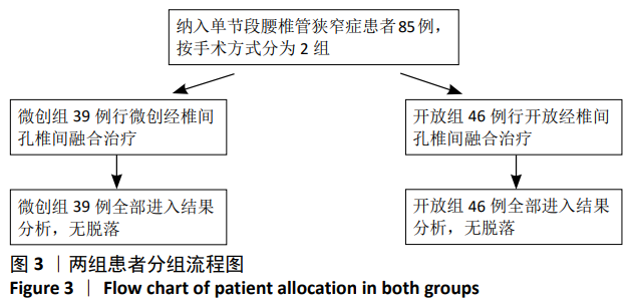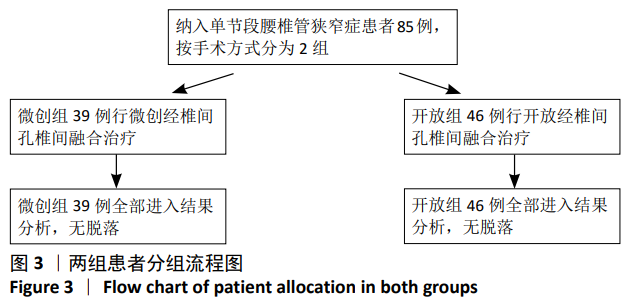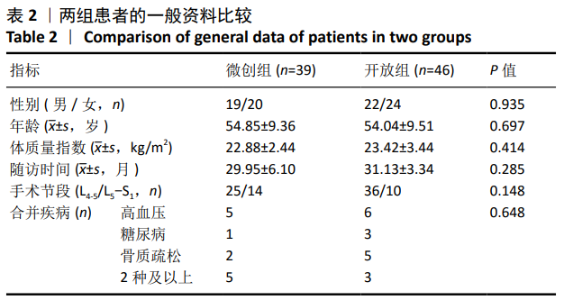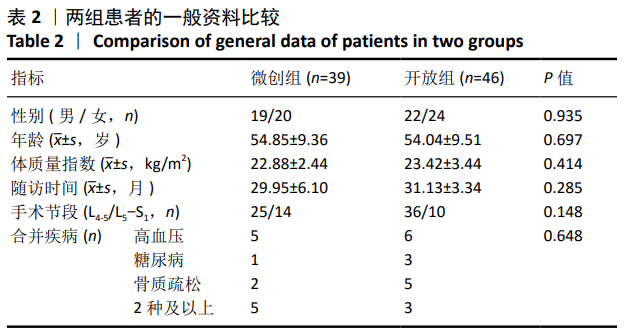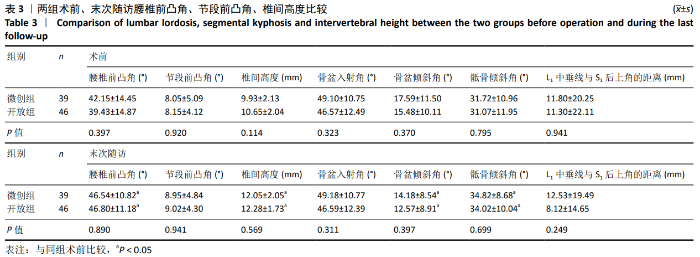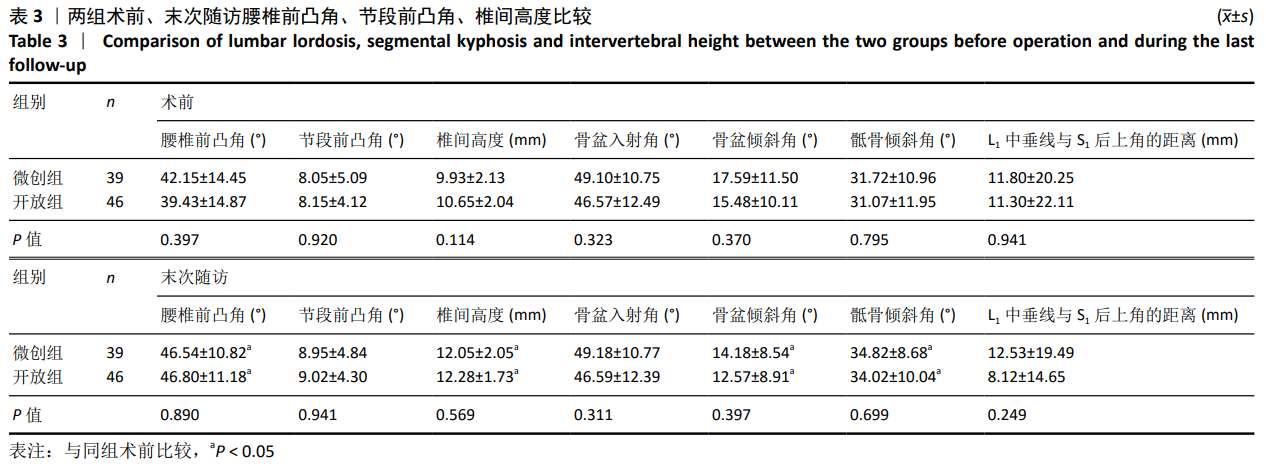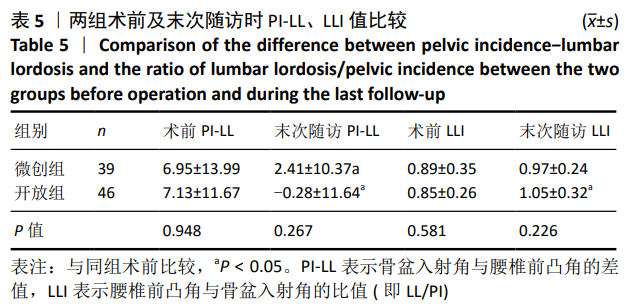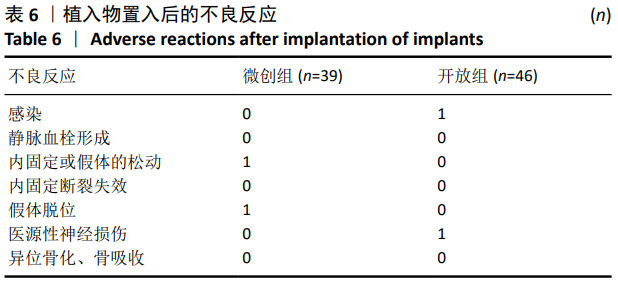[1] KELLER TS, COLLOCA CJ, HARRISON DE, et al. Influence of spine morphology on intervertebral disc loads and stresses in asymptomatic adults: implications for the ideal spine. Spine J. 2005;5(3):297-309.
[2] WEINSTEIN JN, TOSTESON TD, LURIE JD, et al. Surgical versus nonoperative treatment for lumbar spinal stenosis four-year results of the Spine Patient Outcomes Research Trial. Spine. 2010;35(14): 1329-1338.
[3] KADER DF, WARDLAW D, SMITH FW. Correlation between the MRI changes in the lumbar multifidus muscles and leg pain. Clin Radiol. 2000;55(2):145-149.
[4] KIM CW. Scientific basis of minimally invasive spine surgery: prevention of multifidus muscle injury during posterior lumbar surgery. Spine. 2010;35(S):281-286.
[5] LURIE J, TOMKINS-LANE C. Management of lumbar spinal stenosis. BMJ. 2016;352:h6234.
[6] FAN S, HU Z, ZHAO F, et al. Multifidus muscle changes and clinical effects of one-level posterior lumbar interbody fusion: minimally invasive procedure versus conventional open approach . Eur Spine J. 2009;19(2):316-324.
[7] CHANG HS. Influence of lumbar lordosis on the outcome of decompression surgery for lumbar canal stenosis. World Neurosurg. 2018;109:e68-e90.
[8] SCHWAB F, DUBEY A, PAGALA M, et al. Adult scoliosis: a health assessment analysis by SF-36. Spine. 2003;28(6):602-606.
[9] LEE CH, CHUNG CK, JANG JS, et al. Effectiveness of deformity-correction surgery for primary degenerative sagittal imbalance: a meta-analysis. J Neurosurg Spine. 2017; 27(5): 540-551.
[10] MATSUMOTO T, OKUDA S, MAENO T, et al. Spinopelvic sagittal imbalance as a risk factor for adjacent-segment disease after single-segment posterior lumbar interbody fusion. J Neurosurg Spine. 2017; 26(4):435-440.
[11] KIM MK, LEE SH, KIM ES, et al. The impact of sagittal balance on clinical results after posterior interbody fusion for patients with degenerative spondylolisthesis: a pilot study. BMC Musculoskelet Disord. 2011;12:69.
[12] ENDO K, SUZUKI H, TANAKA H, et al. Sagittal spinal alignment in patients with lumbar disc herniation. Eur Spine J. 2009;19(3): 435-438.
[13] 汪凌骏,顾勇,冯煜,等.脊柱-骨盆矢状面形态变化与椎间盘摘除及后路椎体间植骨融合的关系[J].中国组织工程研究,2015, 19(29): 4598-4602.
[14] SCHWAB F, LAFAGE V, PATEL A, et al. Sagittal plane considerations and the pelvis in the adult patient. Spine. 2009;34(17):1828-1833.
[15] BOISSIERE L, BOURGHLI A, VITAL J M, et al. The lumbar lordosis index: a new ratio to detect spinal malalignment with a therapeutic impact for sagittal balance correction decisions in adult scoliosis surgery. Eur Spine J. 2013;22(6): 1339-1345.
[16] UMEHARA S, ZINDRICK MR, PATWARDHAN AG, et al. The biomechanical effect of postoperative hypolordosis in instrumented lumbar fusion on instrumented and adjacent spinal segments. Spine. 2000;25(13): 1617-1624.
[17] OKUDA S, ODA T, YAMASAKI R, et al. Repeated adjacent-segment degeneration after posterior lumbar interbody fusion. J Neurosurg Spine. 2014;20(5): 538-541.
[18] KIM KH, LEE SH, SHIM CS, et al. Adjacent segment disease after interbody fusion and pedicle screw fixations for isolated L4-L5 spondylolisthesis: a minimum five-year follow-up. Spine. 2010;35(6): 625-634.
[19] KAWAKAMI M, TAMAKI T, ANDO M, et al. Lumbar sagittal balance influences the clinical outcome after decompression and posterolateral spinal fusion for degenerative lumbar spondylolisthesis. Spine. 2002; 27(1): 59-64.
|
